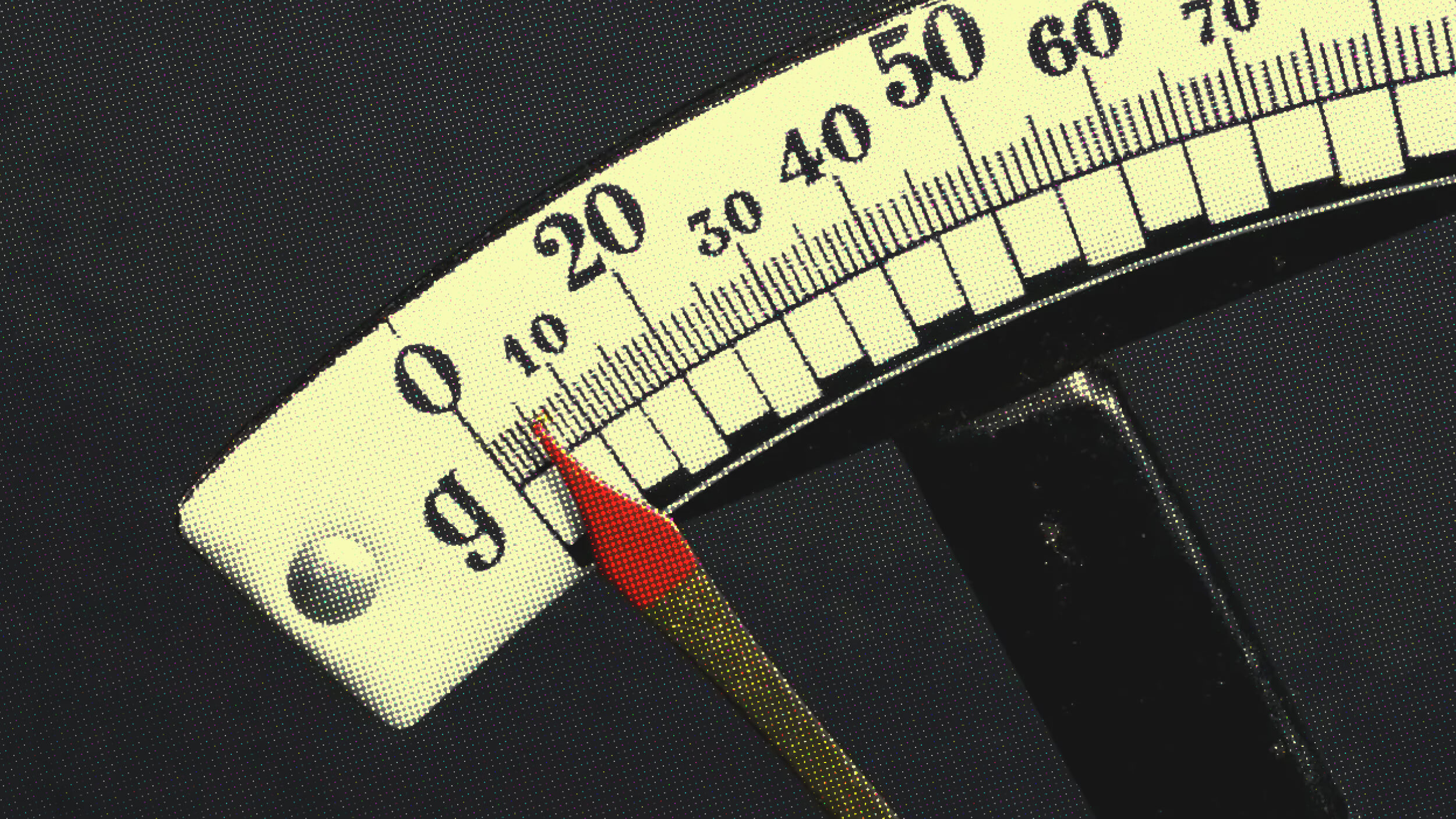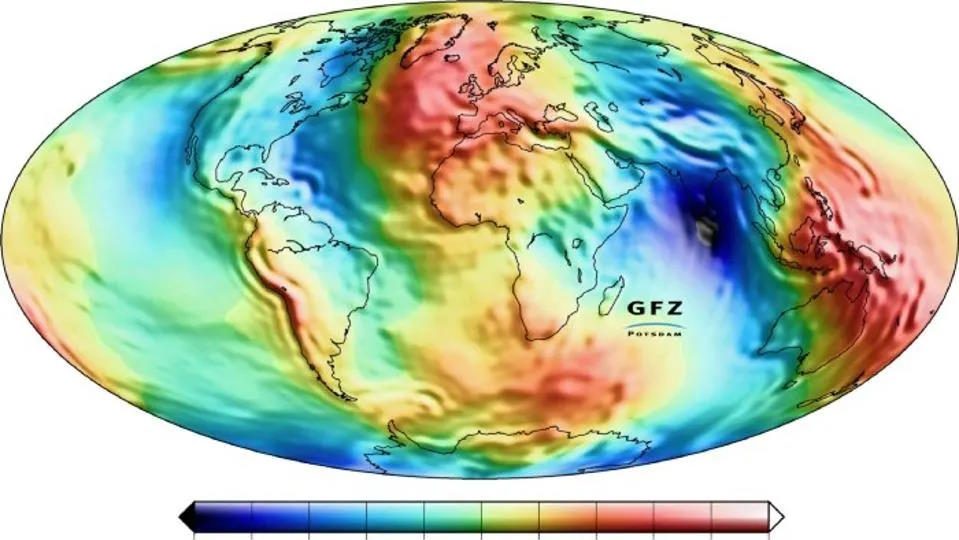When we look back on the Obama administration decades from now, what will we say about his environmental record? Assuming we’re not all 10 feet beneath water, the chances are high that the president’s environmental legacy will be a positive one. That’s the opinion of his EPA administrator Gina McCarthy, who, in this video interview, relays some of her proudest accomplishments working in the Obama administration: reducing carbon emissions, successfully pushing for more efficient vehicles, and championing renewable energy.
Gina McCarthy: This president is really establishing a tremendous legacy on the environment as well as the economy. And I don’t need to speak to the economy. Let me speak to my issues. First of all I have been engaged since day one on efforts to reduce carbon pollution, most notably in the car industry. If you take a look at the cars of today, you have three times as many models for sale today as you had when he took office that are 30 miles per gallon or more in terms of their efficiency. That is because of actions of this administration. We are doubling fuel economy by 2025. We’re doing that as a fuel economy standard and a carbon pollution standard. We have been looking at reducing toxic emissions from utilities. We actually put forward something that looks at reducing mercury and arsenic. Things that we haven’t been able to move forward on. And the result of that is that it’s already past the compliance period. We never threatened reliability. We got some of those old, inefficient units have gone out that didn’t have modern controls. Our communities are healthier. We’re saving up to 11,000 lives every year as a result of that.
We have renewables when three times as much as when this president came into office. Ten times more solar than we’ve ever had. And these are becoming competitive technologies. We have also grown in the building trades in terms of how you build energy-efficient homes and buildings. We have grown thousands and thousands of jobs. We are building the economy of the future by building in your considerations on environment into those decisions. We’re looking at water rules today. I am actually moving forward with a final rule that is going to settle the question of what waters are important to protect so we can protect people’s drinking water into the future. And how do we adapt to a changing climate when you have California with such significant water shortages. What does that mean? How do we change the way we do business? And instead of piping water out we’re looking at green infrastructure moving in. So we have a tremendous, rich legacy that this president is going to leave. And I think climate is really going to be the one that’s most talked about, but franklyour legacy needs to be that we’re nimble enough as a government and as states working with the federal government to be able to see what the challenges are today and to position our solutions in ways that grow our ability to tackle the problems of the future.





